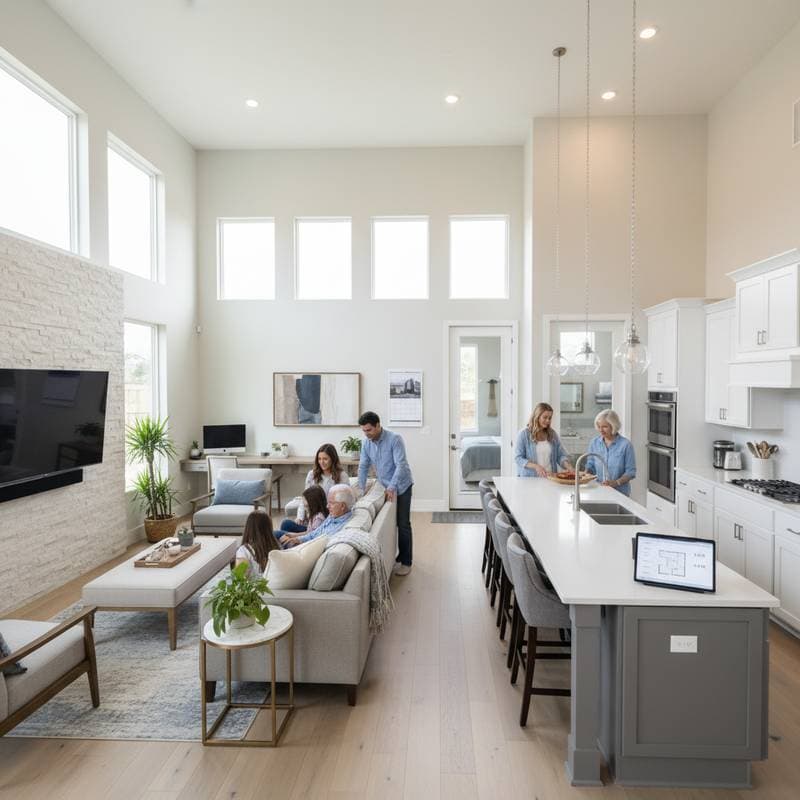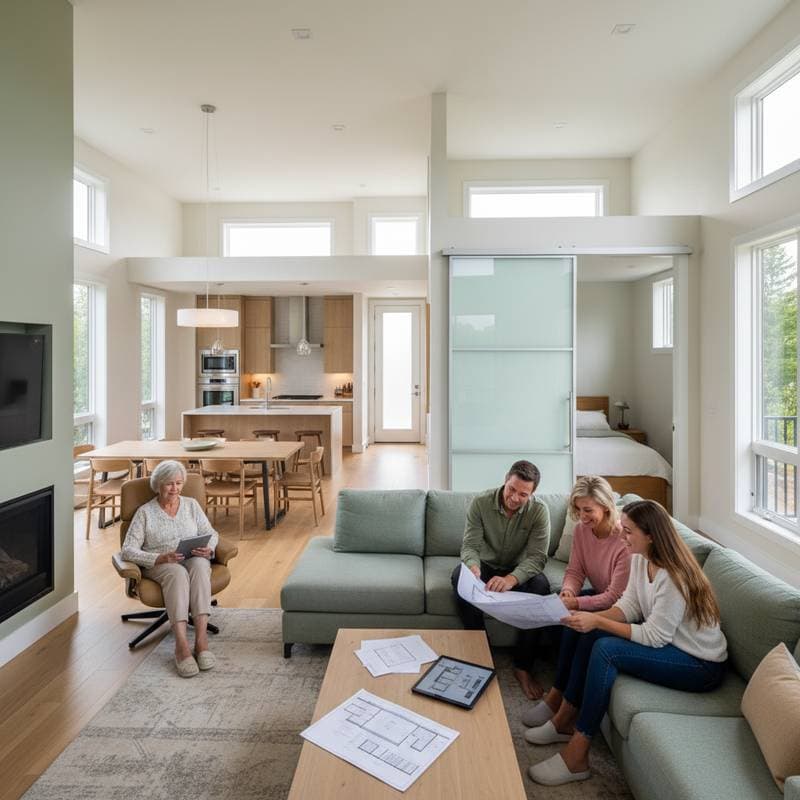Maximize Tax Savings from Home Office Renovations in 2025
Homeowners who convert part of their residence into a dedicated workspace stand to gain significant tax advantages in 2025. These benefits extend beyond enhanced productivity to include substantial reductions in taxable income through carefully planned deductions. By understanding eligibility criteria, categorizing expenses correctly, and maintaining meticulous records, individuals can transform renovation costs into valuable financial offsets while adhering to Internal Revenue Service standards.
What Constitutes a Qualifying Home Office
A qualifying home office involves dedicating a specific area of the home exclusively and regularly to business activities. The Internal Revenue Service requires that this space serve no personal functions, such as sleeping or entertaining guests, to meet deduction qualifications. Common conversions include spare rooms, basements, attics, or even garages, provided they support professional tasks like client meetings, administrative work, or creative production.
Key elements of a qualifying setup include:
- A distinct area reserved solely for business operations
- Essential furnishings, such as desks, chairs, and shelving units tailored to work needs
- Evidence of consistent use, documented through calendars, logs, or photographs
Homeowners should measure the space precisely and compare it to the total home square footage to establish the deductible percentage accurately.
Identifying Deductible Renovation Expenses
Eligible expenses fall into direct and indirect categories under the regular deduction method, which often yields higher savings than the simplified option of $5 per square foot, capped at 300 square feet. Direct expenses cover modifications limited to the office, such as installing specialized lighting fixtures, adding soundproofing panels, or laying commercial-grade carpet in that area alone. Indirect expenses allocate a portion of whole-home costs, including a share of real estate taxes, mortgage interest, utility payments, and insurance premiums based on the office's proportional size.
For example, if the office represents 15 percent of the home's area, claim 15 percent of annual utility bills as a deduction. Depreciation on the home's value attributable to the office space also applies, calculated over 39 years for nonresidential portions. Gather invoices for materials like energy-efficient windows or ergonomic wiring to substantiate claims during tax preparation.
Assessing Short-Term Costs Against Long-Term Benefits
Renovation planning requires evaluating upfront outlays alongside enduring financial impacts. Initial expenses encompass contractor fees, permits, and supplies, potentially totaling thousands for structural changes like electrical upgrades or HVAC adjustments. Future considerations involve elevated energy consumption from additional equipment or repairs to customized installations.
Classify costs methodically:
- Business deductions that offset current income taxes
- Capital enhancements, such as roof repairs benefiting the entire property, which raise the home's adjusted basis and lower capital gains taxes upon sale
- Non-deductible personal improvements, like decorative landscaping visible from the office
This categorization not only optimizes immediate savings but also safeguards against overclaiming, which could invite audits.
Common Pitfalls and Exclusions in Deductions
Certain renovations fail to qualify due to their personal nature or lack of exclusivity. Aesthetic additions, such as artwork or luxury finishes unrelated to functionality, receive no tax treatment. Rooms serving dual purposes, like a dining area used occasionally for work, violate the exclusive-use rule and disqualify the entire space.
Special challenges arise with rental properties or homes with home-based daycare operations, where deductions must prorate based on business hours and square footage. Detached structures, such as garages, qualify separately but demand their own depreciation tracking. Always verify that local building codes permit the conversion to avoid penalties that undermine tax benefits.
Step-by-Step Guide to Claiming Your Deductions
Follow this sequence to secure deductions effectively:
- Compile comprehensive records, including dated receipts for every purchase and service
- Calculate the office's exact dimensions and its ratio to the home's total footprint
- Select the deduction method by comparing simplified flat rates against detailed actual expense tallies
- Integrate figures into Schedule C for self-employed individuals or Form 8829 for employees with qualifying setups
- Store all paperwork digitally or physically for a minimum of three years, extending to seven if depreciation is involved
Precision in these steps minimizes rejection risks and supports smooth interactions with tax authorities.
Safeguarding Compliance and Minimizing Risks
Robust documentation forms the foundation of audit defense. Separate business finances using dedicated credit cards or accounts to trace expenditures clearly. Engage a certified public accountant to review calculations, especially for complex scenarios involving multiple property uses or prior-year carryovers.
Additionally, confirm compliance with municipal regulations on home-based businesses, such as signage limits or traffic restrictions. Noncompliance can lead to fines exceeding potential tax savings, eroding the project's value.
Building Lasting Financial Advantages
A strategic home office renovation elevates professional output while fortifying fiscal health. By delineating business from personal realms, tracking every relevant outlay, and aligning with regulatory frameworks, homeowners position themselves for sustained tax efficiencies. This approach converts a simple space upgrade into a cornerstone of smarter wealth management, yielding both operational gains and reduced tax burdens over time.



